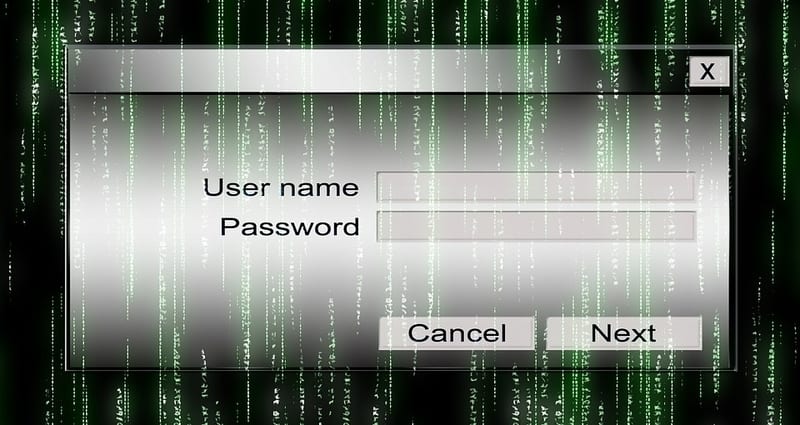How to Effectively Deploy Privileged Access Management


How can your enterprise effectively deploy privileged access management (PAM)? Which capabilities make modern privileged access management an essential component of modern cybersecurity? What can make your efforts to deploy privileged access management more challenging?
Enterprise-level PAM doesn’t just spring out of the ground. You need to take steps to deploy your privileged access management so that it continues to perform optimally. However, many enterprises fail to invest the time and resources to properly deploy their solutions.
So what does it take to effectively deploy privileged access management?
How to Deploy Privileged Access Management
1. Pick the Right Solution
Granted, this might seem easier said than done. Yet it actually is a critical step in the enterprise-solution deployment process. In fact, enterprises frequently fail to consider the solutions they select.
Often, enterprise decision-makers just pick the first solution they find or the least expensive solution; at the same time, they deploy a privileged access management solution to solve a singular challenge rather than looking at their threats and infrastructure as a whole.
So before you deploy your identity security solution, you need to consider several factors that could influence its performance. These include:
- Your business’ industry.
- The compliance regulations connected to your business.
- The size of your business (endpoints, users, third-parties, etc.).
- Your distinct IT infrastructure (hybrid, cloud, etc.) and its potential for scaling.
- The current power and privileges of your superusers.
Before you select a PAM solution for your enterprise, consult with your IT security team. They should have the insights you need to make the strongest initial solution decision. Trying to replace a solution after deployment can prove timely and costly. Make a choice that fits your use-case overall the first time.
2. Calculate Your Risk
Before your enterprise can deploy privileged access management, you need to understand where you at most risk.
For example, what critical systems should require sophisticated privileged authentication? As per your compliance mandates, what databases need security to achieve fulfillment? What databases in your network contain sensitive data or customer information? Moreover, what privileged access vulnerabilities does your threat intelligence suggest you must prioritize?
These aren’t idle questions. The answers here could help you prioritize your deployment—where you begin and where you expand.
Another aspect of this line of inquiry is the number of privileged users in your network. Depending on the size of your enterprise, you could have hundreds if not thousands of powerful users to monitor. Each one could represent significant risk—hackers prefer targeting privileged users. In fact, according to Centrify, 74 percent of enterprises suffered a data breach due to a stolen privileged account.
However, your enterprise can’t just assume the challenges begin and end with human identities. In addition, your business must consider applications, databases, devices, and servers. Without human monitoring, these can also acquire privileged credentials, which allows for easy exploitation by external threat actors. For example, applications can often move through your network unchecked, which could assist lateral movement attacks.
All of this can change your risk equation when deciding how to deploy your privileged access management solution.
3. Prepare for Scaling
You could also consider this “staying agile;” in either case, when deploying your PAM solution, you need to prepare for changes in your IT infrastructure. Data does not stay in one place—it moves about as per your everyday business processes. Indeed, it goes from database to database, user to user.
This requires your PAM solution to secure your data and ensure that only authorized users can see sensitive data, regardless of its network location. Of course, this means enforcing privilege security on your third-party contractors.
Additionally, you need to adapt to other changes, such as role changes among your employees. These require you to change the privileges for each employee as they take on new roles, mandating automated role management and easy privilege remediation.
Thankfully, PAM can also integrate with identity governance and administration (IGA). IGA can facilitate your PAM solutions valuable insights about employee activity. They can help find anomalies and outliers that require human intervention, helping to limit privileges and curtail potential subversions.
4. Deploy the Key PAM Capabilities
Privileged Access Management solutions include several key capabilities for enterprise cybersecurity. However, three capabilities, in particular, must factor into your decision to deploy privileged access management.
First, a password vault. These function like an analog safe but for passwords and other identity information; through secure single sign-on, it can automatically input hashed passwords into your accounts so you can continue your business processes securely and efficiently.
Additionally, password vaults can help improve password rotation efforts; every stagnated password could represent a potential entryway into your network. By keeping them unique and fresh, hackers will struggle to crack or guess them.
Second, multifactor authentication. Every factor between the access request and the database, the more secure your digital resources. Passwords alone, even with a password vault, can’t provide the level of security necessary for modern cybersecurity. Instead, your enterprise needs to place barriers at the login.
These can include biometric authentication as well as geofencing, time of access monitoring, and hard tokens. Additionally, these factors do not need to impede your business processes—they can operate behind the scenes. Moreover, multifactor authentication can operate on a continual basis rather than just at the login stage; this ensures insider threats can’t circumvent your security after the initial authentication.
Finally, you need session management. This ties into continual authentication in that it monitors your privileged accounts for anomalous behaviors. Next-generation privileged session management should enable you to observe the date, time, and location of each session. In fact, you should have visibility over their very keystrokes to ensure the authenticity of each privileged user.
More on How to Deploy Privileged Access Management
Be sure to check out our 2019 Privileged Access Management Buyer’s Guide. We cover the top providers in the field and their key capabilities.
Widget not in any sidebars




















